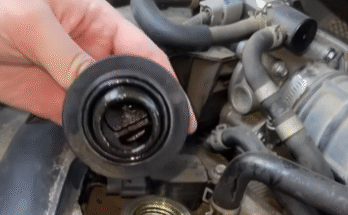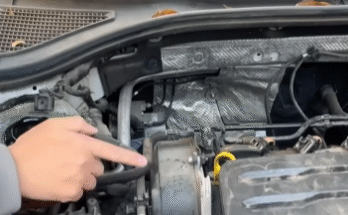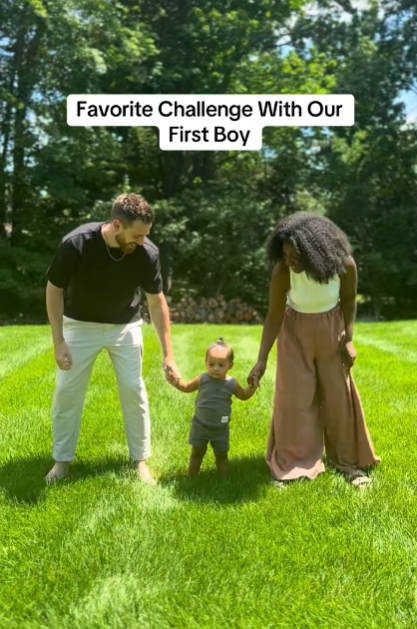
If you’ve ever had a little one who just can’t bear to be away from you—not even for five minutes—you might be raising a Velcro baby. That term might sound cute, but for many parents, it’s a whirlwind of exhaustion, love, guilt, and confusion.
So, what exactly is a Velcro baby? And how do you survive (and even thrive) when your baby insists on being attached to you 24/7? This is our story, our struggle, and how we’re learning to navigate the beautiful chaos of having a Velcro baby.
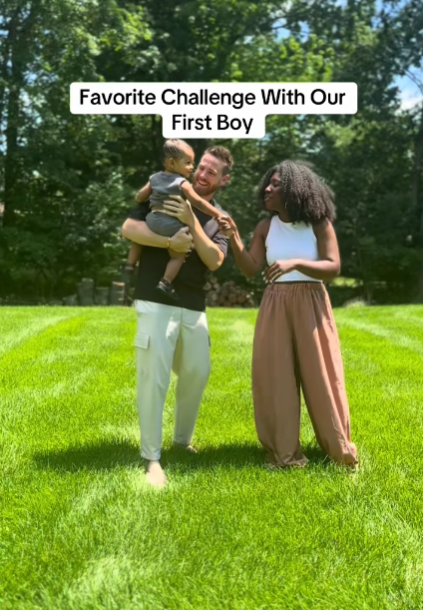
What Is a Velcro Baby?
A Velcro baby is one who clings—literally and emotionally—to their parent or caregiver, usually their mother. These babies want to be held all the time, cry when you leave the room, and generally resist any kind of separation. They don’t nap well unless they’re on your chest. They scream in protest if someone else tries to hold them. And forget putting them down for five minutes to pee or eat a snack.
It’s like you’re their entire world. Which is both beautiful—and completely overwhelming.
Signs You Have a Velcro Baby
- Cries when you put them down—even for a second.
- Only naps when held or in a carrier.
- Resists being with anyone else.
- Needs constant physical contact.
- Seems highly alert and aware of your movements.
- Separation anxiety kicks in early and strong.
If this sounds like your life, you’re not alone.
Our Story: How It Started
From the very beginning, my son was what some would call a “high-needs baby.” The moment he was born, he wanted to be close. I thought all babies were like that. But as the months went on, it became clear that his clinginess wasn’t a phase.
Every nap was on me. Every night, he needed to be cuddled tight or else he’d wake up wailing. Family members would offer to hold him, only to hand him back within minutes as he screamed for mama.
I was touched out, tired, and sometimes resentful. But also deeply bonded, needed, and in love. It’s an emotional rollercoaster.

Is It Normal? Yes!
A Velcro baby is not spoiled, broken, or “manipulative.” In fact, this intense need for closeness is often tied to their temperament and development.
Some babies are just more sensitive. They’re more in tune with their environment and feel secure only when they’re close to their caregiver. It’s their way of saying, “I need you to feel safe.”
You’re not doing anything wrong.
How I Survived the Velcro Phase
Here’s what worked for me—and might work for you too:
1. Babywearing Saved Me
Investing in a comfy baby carrier was a game-changer. It kept my son close while freeing up my hands. I could cook, tidy up, even go for walks without a meltdown.
2. Safe Co-sleeping Practices
Night wakings were easier when we followed safe co-sleeping guidelines. It let both of us get more sleep and reduced nighttime separation anxiety.
3. Routine & Predictability
Creating a consistent rhythm helped my Velcro baby feel more secure. Even small routines (like singing a certain song at nap time) built comfort.
4. Tag Team With My Partner
When possible, I’d hand off my son after a feed and take a shower—even if it meant ten minutes of crying. Slowly, he got used to someone else soothing him.
5. Letting Go of Guilt
I stopped apologizing for needing a break. Taking care of myself helped me be a better, more patient mom.
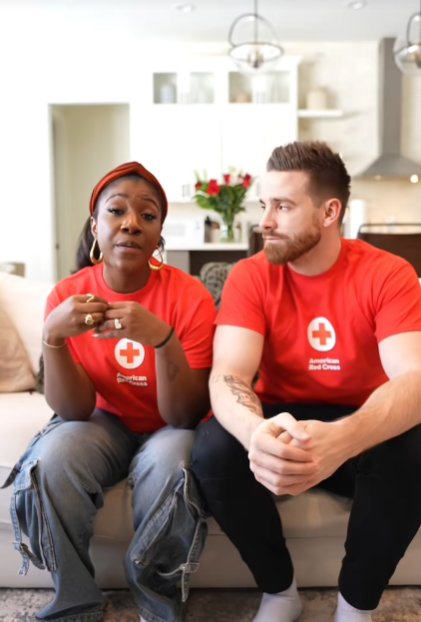
What Other Parents Wish You Knew
When you’re parenting a Velcro baby, you might get unhelpful comments like:
- “You’re spoiling him.”
- “He needs to learn independence.”
- “You need to let him cry it out.”
But other parents who’ve been there? They get it. They know that you’re doing your best. They know that this phase, while intense, is a sign of deep attachment.
It doesn’t last forever. And it doesn’t mean you’re raising a needy child—it means you’re raising a secure one.
Velcro Baby Myths (And the Truth!)
Myth 1: They’ll never be independent
Truth: Studies show children who feel secure grow up to be more confident and independent.
Myth 2: You have to teach them to self-soothe immediately
Truth: Babies learn to self-soothe gradually, when they feel safe and supported.
Myth 3: Holding them too much will spoil them
Truth: You cannot spoil a baby with love. Comfort is a need, not a luxury.

What I Learned From My Velcro Baby
- To slow down.
- To really listen.
- That my presence is powerful.
- That there’s strength in softness.
- That this season—though hard—is fleeting.
There will be a day when he doesn’t want to be held. When he runs off into school without looking back. When the clinginess turns into courage.
But for now, I’m his anchor. And maybe that’s exactly what he needs to one day set sail confidently.
Final Thoughts: To the Parent of a Velcro Baby
If you’re reading this while holding your little one (because they won’t let you put them down), I see you. You are not failing. You are not alone. And yes—it will get easier.
These early days are tough, but they’re also precious. You’re building a foundation of love, trust, and safety that will shape your child’s future.
So the next time someone asks why your baby’s always on your hip, just smile and say:
“Because he’s my Velcro baby. And I’m his whole world.”
And honestly? That’s kind of beautiful. 😭💛


